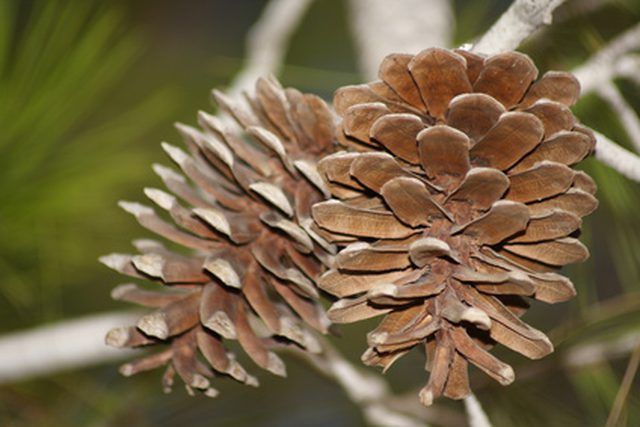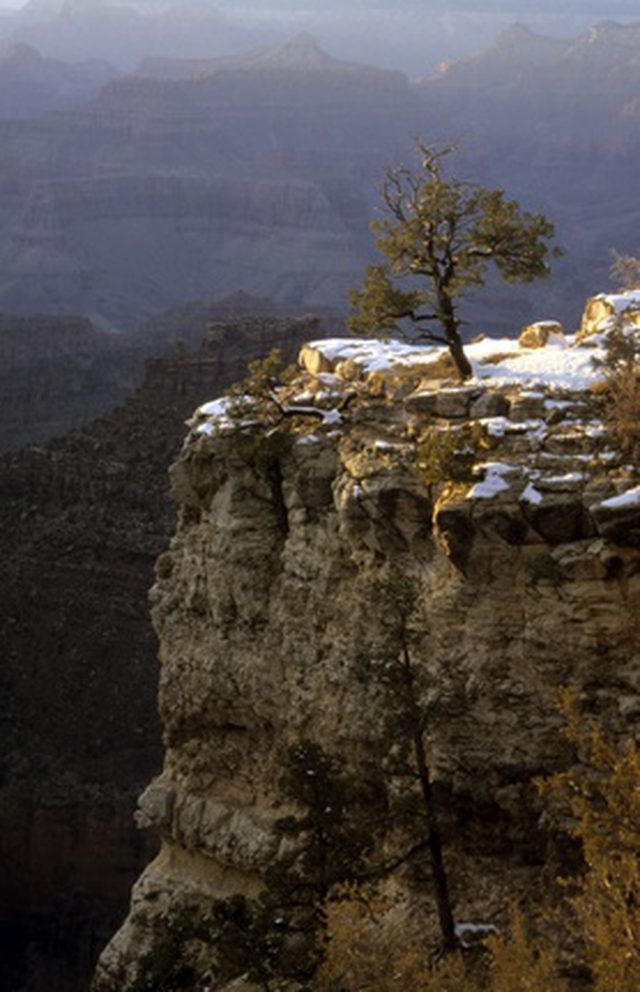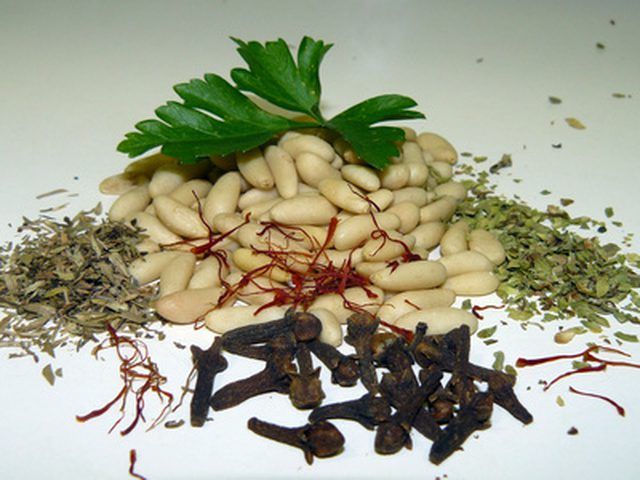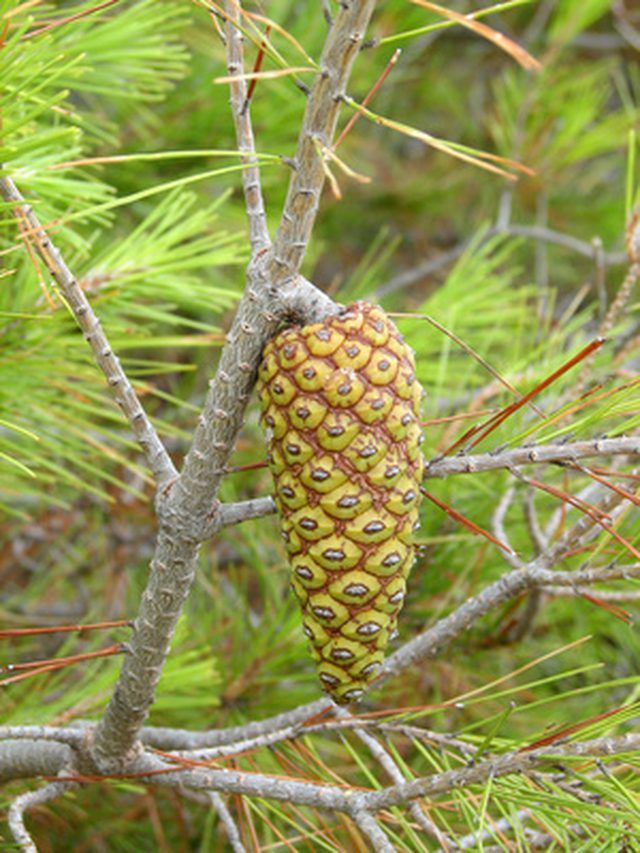Bulbs
Flower Basics
Flower Beds & Specialty Gardens
Flower Garden
Garden Furniture
Garden Gnomes
Garden Seeds
Garden Sheds
Garden Statues
Garden Tools & Supplies
Gardening Basics
Green & Organic
Groundcovers & Vines
Growing Annuals
Growing Basil
Growing Beans
Growing Berries
Growing Blueberries
Growing Cactus
Growing Corn
Growing Cotton
Growing Edibles
Growing Flowers
Growing Garlic
Growing Grapes
Growing Grass
Growing Herbs
Growing Jasmine
Growing Mint
Growing Mushrooms
Orchids
Growing Peanuts
Growing Perennials
Growing Plants
Growing Rosemary
Growing Roses
Growing Strawberries
Growing Sunflowers
Growing Thyme
Growing Tomatoes
Growing Tulips
Growing Vegetables
Herb Basics
Herb Garden
Indoor Growing
Landscaping Basics
Landscaping Patios
Landscaping Plants
Landscaping Shrubs
Landscaping Trees
Landscaping Walks & Pathways
Lawn Basics
Lawn Maintenance
Lawn Mowers
Lawn Ornaments
Lawn Planting
Lawn Tools
Outdoor Growing
Overall Landscape Planning
Pests, Weeds & Problems
Plant Basics
Rock Garden
Rose Garden
Shrubs
Soil
Specialty Gardens
Trees
Vegetable Garden
Yard Maintenance
Why Do Pine Trees Have Cones?
Why Do Pine Trees Have Cones?. Pine cones are the reproductive organs of pine trees. Like many other plants, pine trees reproduce sexually. They need both male and female cells in order to create the next generation of pine trees. Each pine cone is either male or female. Male pine cones produce pollen and female pine cones produce ovules. The dry,...
Pine cones are the reproductive organs of pine trees. Like many other plants, pine trees reproduce sexually. They need both male and female cells in order to create the next generation of pine trees. Each pine cone is either male or female. Male pine cones produce pollen and female pine cones produce ovules. The dry, prickly pine cone you find on the ground near a pine tree is probably a female cone that has already released its seeds.

Pine trees are evergreen conifers. They belong to the category of gymnosperms, which is Greek for "naked seed." Gymnosperms do not produce flowers or fruits. Their seeds develop without the protection of a hard seed coat, berry or fruit. A timeline from the San Diego Natural History Museum on evolutionary history indicates that gymnosperms appeared about 360 million years ago, about 200 million years before flowering plants.

The male pine cones are generally herbaceous, or nonwoody. Their function is to produce large quantities of pollen. Male cones generally grow in clusters at the tips of lower pine branches. According to Maricopa College, it can take several years for male cones to mature and produce pollen. When the pollen is mature, it is released into the air and carried by the wind to land on and fertilize the ovules in female cones.

Female cones develop from the ends of branches and pine needles that change, grow, specialize and harden to form scales. There are two types of scales. The bract scales develop first. Their function is to provide a platform for the seed scales, which each produce two ovules that grow into two seeds after fertilization by pollen. The process of producing mature seeds takes two years. During the first year, the bracts open to accept pollen, and then close again to hold the pollen inside with the ovule. The pollen does not germinate and fertilize the ovule until the next year. It can take another year for the seed to mature. Then, the bracts open again and release the seeds.

The mature seeds of the pine tree are often eaten by forest animals such as squirrels and chipmunks. People eat many kinds of pine seeds, including those of the pinyon pine, stone pine and sugar pine trees. Pine nuts are high in protein, and many people find them delicious. They may be added to basil pesto or as a garnish on salads. The stone pine has been cultivated for that purpose in Italy for more than 6,000 years. If you have ever eaten pignoli nuts, you have eaten the seeds of the stone pine tree.

The San Bernardino Pine Cone Festival coordinators list many fun facts about pine cones. For instance, the heaviest pine cone in the world is the coulter pine cone, which can weigh up to 10 lbs. The knobcob pine is extremely hard--it relies on the heat of a wildfire to force it to open and release its seeds. The longest pine cone comes from the sugar pine, whose cones can be 2 feet long, and the Jeffrey pine is called the "gentle Jeffrey" because the sharp points on the scales are turned inward and thus it is not prickly to handle.
